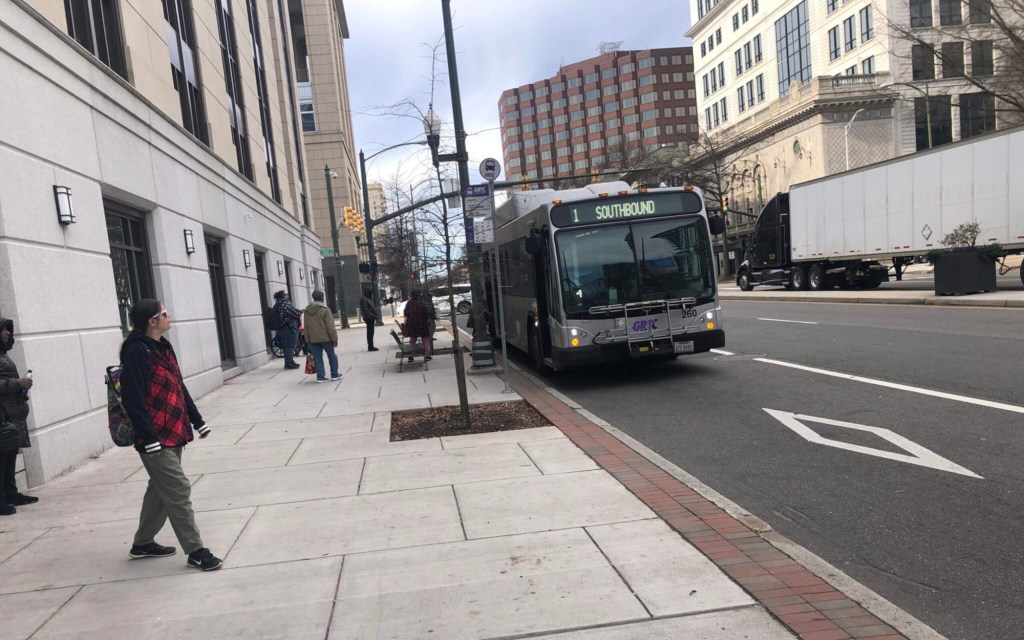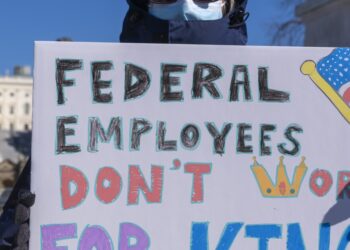RICHMOND, Va. — Free bus rides have made life easier for Melvin Wilson, a 28-year-old Richmond resident who was on his way to his warehouse job on a recent morning. His only worry is that fares, which once ate up $60 or more of his monthly pay, might come back and go even higher, making it harder for him to afford to get to work.
“It could throw a lot of people like me out of their comfort zone. I think people would lose their jobs over this, especially if it happened too fast,” said Wilson, who was waiting with other riders at a downtown transfer station on a cold, sunny day earlier this month.
Richmond is one of the few cities where transit systems have regained pre-pandemic ridership, according to a Stateline analysis, and waiving fares has played a large part. A $4.5 million state grant from Virginia’s Transit Ridership Incentive Program has helped make the free rides possible.
In addition to Richmond, only 22 other cities had ridership in 2023 that was equal to or higher than in 2019, and 14 of those had free rides at least part of the year, according to the Stateline analysis of National Transit Database data. The largest of the cities that fully recovered ridership all offered free rides at least part of the year: Tucson, Arizona; Albany, New York; Birmingham, Alabama; Worcester, Massachusetts; and Shreveport, Louisiana, with 2023 ridership ranging from 17.5 million in Tucson to 3.3 million in Shreveport.
It’s not surprising that free rides can juice ridership numbers for systems struggling to recover from the COVID-19 pandemic and the resulting shift to at-home work. And offering free and reduced-price rides is a boon to the low-income workers who disproportionately rely on public transit. The question is whether such policies are financially sustainable — or fair, given that higher-income riders benefit too.
As is the case with Richmond, states will play a pivotal role in determining the viability of…
Read the full article here







